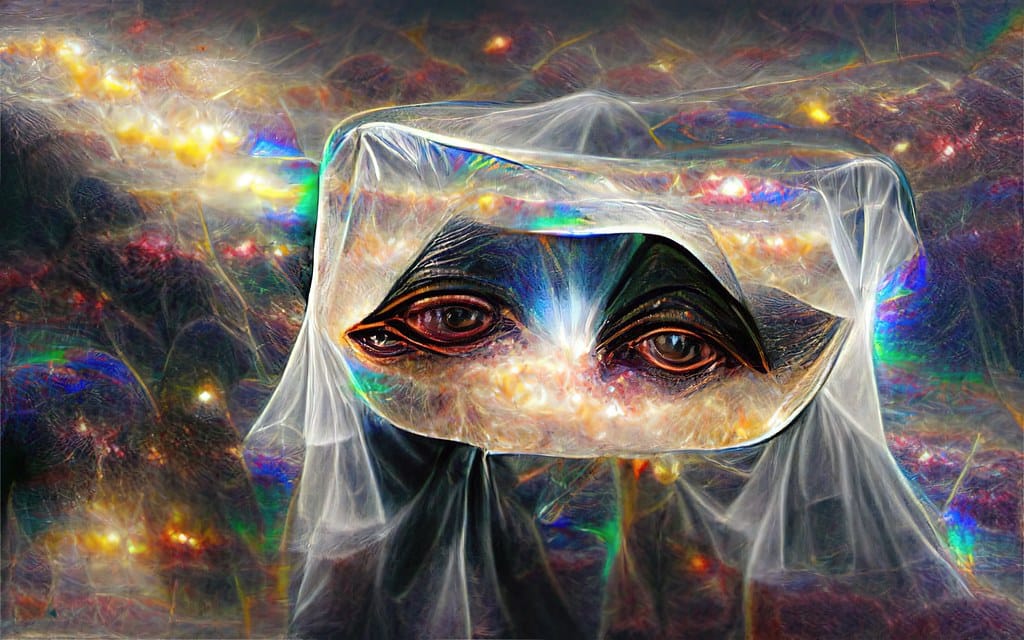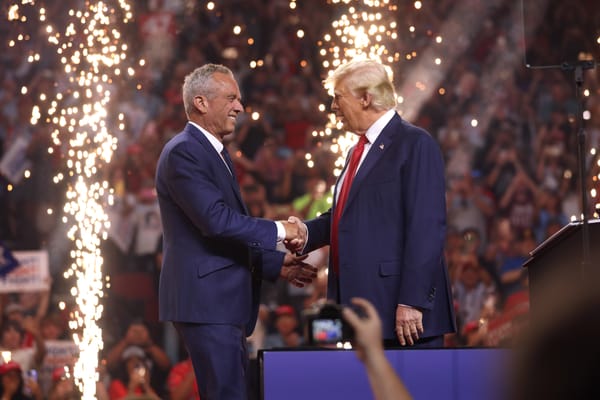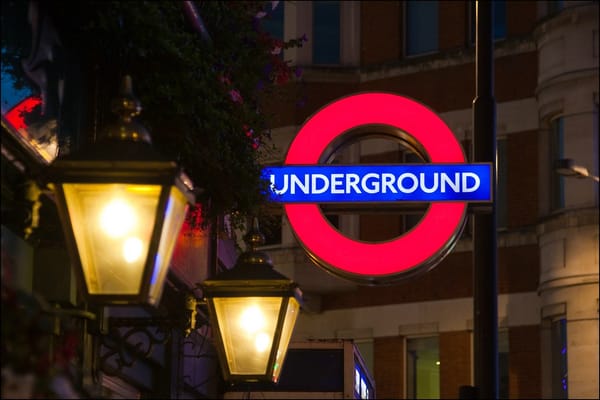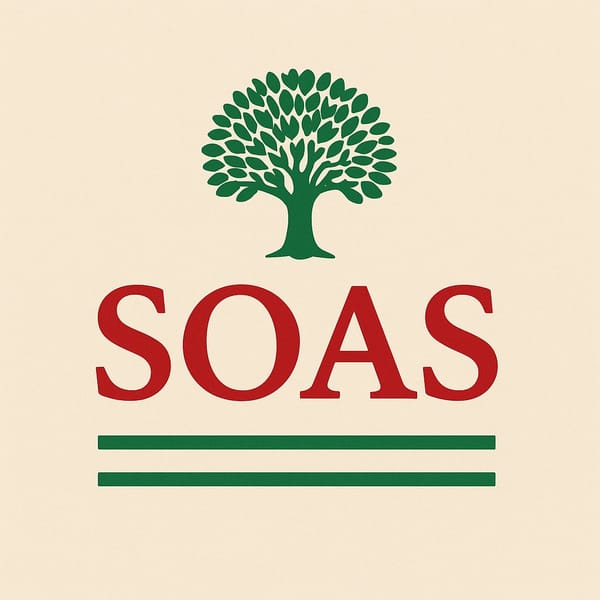Art or Not? The debate on AI Art

Sarah Cotte, BSc Politics, Philosophy and Economics
AI (Artificial Intelligence) art, and debates on the topic, have been all over social media in recent months. From internet users feeding absurd prompts to AI, to professional artists using AI in their artwork, AI has become more prevalent in cultural and artistic fields. While seemingly a fun and innocent tool, the proliferation of AI art has sparked multiple conversations about the nature of art, the future of “human” artists, and the potential evolution of AI in the art world.
In our modern times, artificial intelligence has become omnipresent, with its applications being seen in various fields. One such field is art, where its use is relatively new and subject to ongoing criticism and analysis. The development of AI has a long history, spanning the 20th century, with scientists and science fiction writers contributing to its development. It was not until 1973 that the first application of AI to art was made, when Harold Cohen, an American artist, created a series of computer programmes called ‘AARON’. These programmes could independently generate original stylized images. The use of AARON by Cohen sparked conversations about authorship and the extent of the artists’ responsibility for the art created using AI. This debate is still ongoing and is a topic of interest among artists and critics alike.
Today, AI Art is less of a prospect and more of a reality. It has become a topic of contention in the art world, with many artists speaking out vehemently against the use of AI to generate art. Among the criticisms AI art has received is the question of datasets used. Indeed, AI requires very large datasets to “learn” before being able to generate any images. Within these datasets are the work of hundreds, if not thousands, of artists who share their work online. AI can produce art in the same style as a particular artist if asked to do so. This poses legal issues, as most of these images tend to be copyrighted and cannot be used commercially. However, most artists do not have the resources to sue the large corporations and tech companies that own the datasets and programmes.
But the point is not simply to have more ethical AI. Certain artists believe AI does not have a place in the art world at all. It is seen as being “unfair” to human artists who are limited in how fast they can learn and create, and as lacking a “human touch” – a fair criticism when one looks at AI-generated images, which often seem eerie or off-putting. Yet, it seems that those criticisms do not take into consideration one crucial aspect of the art world today: the commodification of art under capitalism.
“AI art simply answers the demands of capitalism – it can provide an unlimited amount of images, quickly and for cheap; eliminating in the process the artist”
Art and culture in general, are subject to the same logic of mass production and exploitation. Artists are pitted against each other and made to compete rather than being able to work on their craft in a natural, organic way. The artist’s work is bought and sold, consumed and destroyed in the same manner that a commodity is. The artist lives to work, just like his proletarian counterparts in the rest of society. AI art simply answers the demands of capitalism – it can provide an unlimited amount of images quickly and for cheap, eliminating in the process the artist, who may demand compensation and recognition. AI effectively accelerates capitalist competition.
AIs are just machines. They themselves cannot be the root of artists’ plight. Capitalist logic prevents art, i.e. authentic, free, creative, human expression, from being created. All that is left is masses of commodities and a worker slaving away at a canvas



